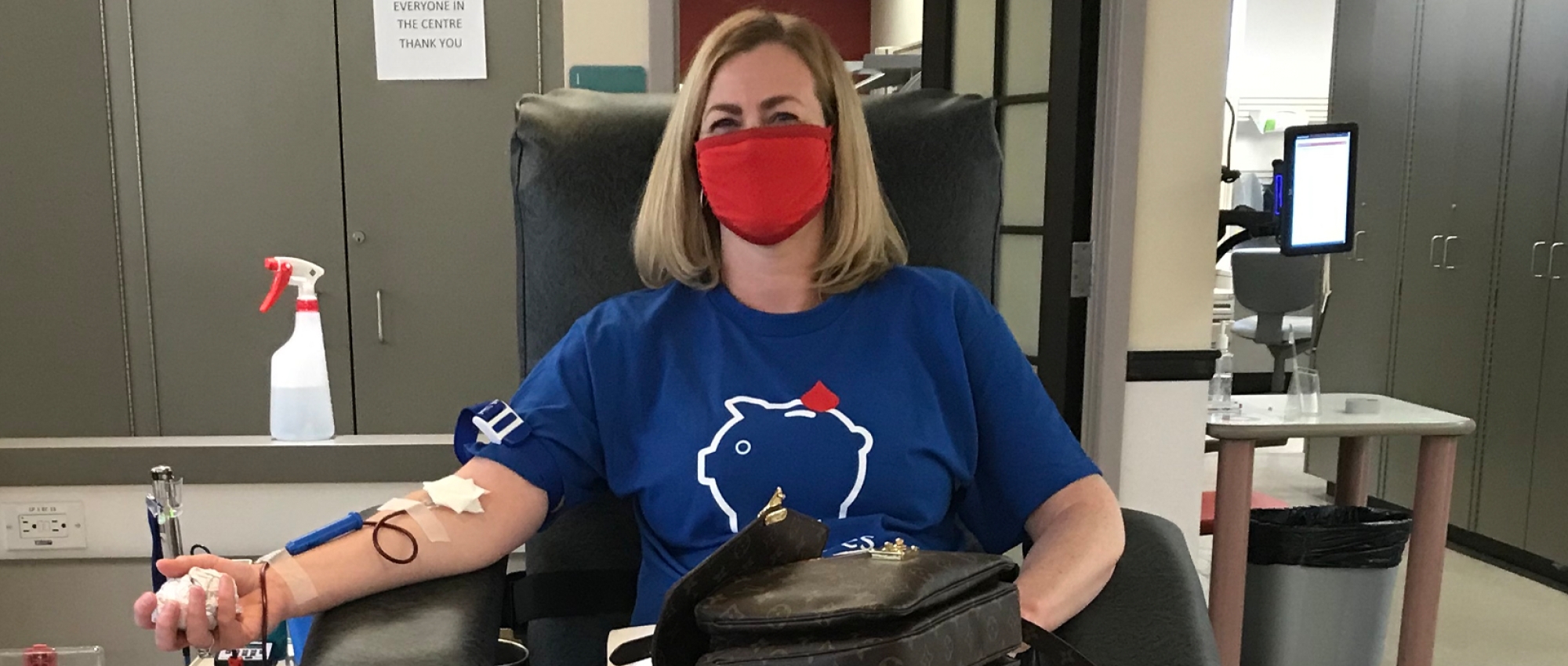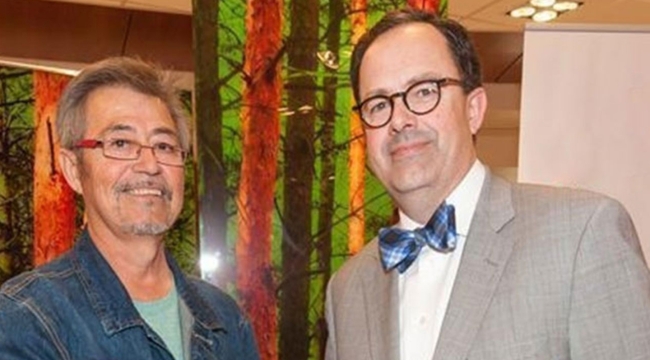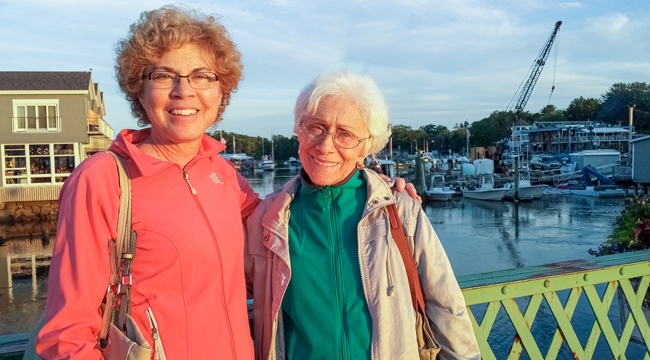How RBC is supporting Canada’s Lifeline during the COVID-19 pandemic
This year alone, RBC has organized more than two dozen group blood donations across the country
Through the RBC Gives Blood for Life program, RBC has assembled a network of dedicated champions and donors from its employee base to support Canada’s Lifeline.
Their work has continued through the COVID-19 pandemic, with blood drives as well as plans for a virtual swabbing event to help grow Canadian Blood Services Stem Cell Registry.
The group’s chair, Amanda Moore, believes the RBC workforce holds a large pool of not only qualified blood donors, but potential stem cell donors. Healthy males between the ages of 17 and 35 are considered optimal stem cell donors because their donations tend to result in better outcomes for patients. And since RBC has thousands of employees under the age of 35, the group is keen to tap into that population.
“We’re a dedicated group that shares the same passion, but each of us has our own reasons to want to help patients,” says Amanda. “Our committee has blood and stem cell recipients, and many of us have loved ones who’ve been saved by donations or are currently relying on them.”
Helping to meet the needs of Canadian patients in challenging times
Becoming an unrelated stem cell donor in Canada begins with joining Canadian Blood Services Stem Cell Registry, which continues to recruit healthy, committed volunteer donors.
How is COVID-19 affecting stem cell transplantation in Canada?
One girl’s mission to save her brother
Normally, many potential donors are recruited at stem cell swabbing events, where participants swab the insides of their own cheeks to collect samples of cells. The DNA from those cells reveals whether a prospective donor is a match for a patient. But with swabbing events suspended during the pandemic, Canadian Blood Services has encouraged people to register online, and have their swab kit delivered in the mail.
RBC’s Tom Wong, who had a stem cell transplant himself in 2015 to cure a rare blood cancer, proposed a virtual swabbing event to bring people together to help.
“I was considering the idea of having a party via Zoom. But instead of getting together online with no real purpose other than “Hello, what’s new?”, I thought we could also bring people together for an urgent purpose like registering to donate stem cells,” says Tom, one of the lead organizers of RBC’s group. “I thought it’d be fun, playful and meaningful to see a virtual room full of people, all with Q-tips in their mouths.”
Even during the pandemic, Canada’s stem cell registry has continued to coordinate searches in Canada and around the world to find matching stem cell donors for patients in need. Knowing the additional challenges patients were facing made Tom more determined than ever to support Canada’s Lifeline. He’s expecting the virtual event to take place in mid-August.
All in to help
RBC and its employees have a long history of supporting blood donation in Canada. For more than 25 years, the bank has hosted group donations, awareness events and mobile donation events from coast to coast. They host donor centres at RBC Waterpark Place six times a year and have collected nearly 14,000 units of blood since they began those events at another RBC office in Toronto. They also help strengthen our national blood supply system and support recruitment efforts through financial giving.
The RBC team is encouraging young Canadians to become blood and stem cell donors. They also help to recruit donors from diverse ancestral backgrounds, because it’s critical for Canada’s stem cell registry to reflect the country’s diversity. A stem cell donor with ancestry similar to the recipient is more likely to provide a successful match, but only about a third of Canada’s registered donors come from non-Caucasian ethnic backgrounds.
“With so many diverse groups at RBC, we’ll be reaching out to communities that can best serve Canadian Blood Services Stem Cell Registry,” says Amanda. “We’ve had an enthusiastic response from employees who’re looking forward to participating in our stem cell swabbing party next month.”
Virtual watch and swab parties
Another way RBC is helping to attract young stem cell donors is by hosting virtual “watch and swab” parties. By screening Mixed Match – a movie that highlights the difficulties mixed-race patients experience in finding a stem cell donor – they are targeting the 1,400 summer students they hired this year through their ‘RBC students’ program.
“We’re targeting the younger generation because we want to encourage our students, interns and newest colleagues to make donating a lifelong habit,” says Amanda. “My parents got me started when I was 17 and I just completed my 95th blood donation.”



